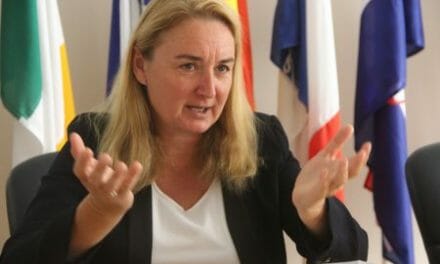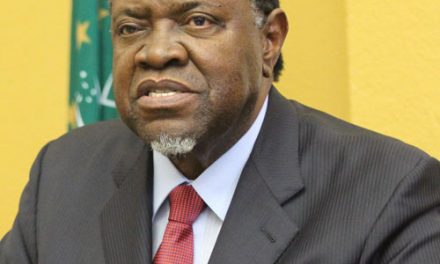
Let there be funding – “SADC offers limitless opportunities for investment”

By Clarkson Mambo.
Operationalisation of the SADC Regional Development Fund is vital to unlocking and fast-tracking integration and industrial development as it avails the necessary resources for the implementation of various development programmes.
This was a key message expressed by the leadership of the Southern African Development Community (SADC) at the 42nd SADC Summit in Kinshasa, the Democratic Republic of Congo.
Mooted nearly a decade ago, the SADC Regional Development Fund (RDF) is a self-financing and revolving mechanism intended to end the reliance on external support to drive southern Africa’s development agenda.
The Fund will provide a window for financing economic development and sustainable growth through supporting regional infrastructure development, industrial development, integration and other economic needs as well as social development at concessionary rates.
Current estimates to fund development programmes targetted in the SADC Regional Indicative Strategic Development Plan 2020-2030 have been put at over US$50 billion.
SADC Executive Secretary, Elias Magosi told the Summit that the region presented “limitless opportunities for investment and economic growth that can result in improved livelihoods for our citizens.”
To exploit these opportunities, it was imperative that the region operationalises the SADC RDF to leverage resources from the private sector, as Member States were currently financially hamstrung.
“This particular one (SADC RDF), I really want to drive it and seek your support to operationalise it because it is the only tool that can help us to attract the necessary resources to propel our integration and development, particularly industrial development,” Magosi said, appealing for support from SADC Heads of State and Government.
Availing funding for regional projects would also help address other challenges such as diversification of energy sources to deal with current energy shortages as well as resolving infrastructure gaps which are imperatives for regional integration.
“It is now time to cooperate and have harmonised laws, standardised procedures to foster regional cooperation and integration and socio-economic development. It is now time to work together in true partnership to develop this region,” said Magosi, who was addressing Summit for the first time since his appointment in August last year.
Outgoing SADC chairperson, Dr Lazarus Chakwera, the President of Malawi concurred, saying participation of the private sector was crucial in driving the region’s development agenda.
“We must therefore develop and operationalise frameworks and instruments that will leverage resources from the private sector,” he said.
“Some frameworks and instruments are already in place which include the SADC Regional Development Fund as outlined in the SADC Treaty, but we must engage and collaborate with other institutions, the African Development Bank being chief among them, to operationalise this fund and ensure that our projects and programmes have sustainable finance.”
With all its natural resource endowments, the region, he said, must leverage these to drive its development processes and not allow outsiders to benefit more from its resources.
President Chakwera said the onus was upon Africans to develop their continent as “there is no one outside Africa who is coming to build Africa the way we want it to be built.”
Research carried out by the SADC Secretariat in 2016 established that only 9.2% of regional projects were being funded by Member States, while International Cooperating Partners (ICPs) funded the remaining 90.8%. This compromised the ownership and sustainability of regional programmes.
At least nine SADC Member States – Angola, the Democratic Republic of Congo, Eswatini, Lesotho, Malawi, Mozambique, the United Republic of Tanzania, Zambia and Zimbabwe – have signed the agreement to operationalise the SADC RDF.
However, none of the nine has yet deposited instruments of ratification with the SADC Secretariat.
The Agreement establishing the Fund enters into force a month after it has been ratified by at least two-thirds of the 16 SADC Member States.
The 39th SADC Summit held in August 2019 in Tanzania had set August 2021 as the target date for the Fund to become operational, but these plans were affected by the outbreak of the global Covid-19 pandemic.
According to the Agreement signed by the nine Member States in 2019, the initial authorized capital for the SADC RDF will be US$13 billion, with each Member State expected to pay an initial subscription fee of US$120 million.
SADC Member States will hold a majority shareholding of 51% in the RDF, with 37% allocated to the private sector and 12% to international cooperating partners.
As a precursor to the SADC RDF, the SADC Secretariat has been proactive in setting up the SADC Project Preparation Development Facility supported by development partners, which provides project preparation finances, advisory services and technical assistance for Member States.
Southern African News Features are produced by the Southern African Research and Documentation Centre (SARDC), based in Harare. www.sardc.net










































